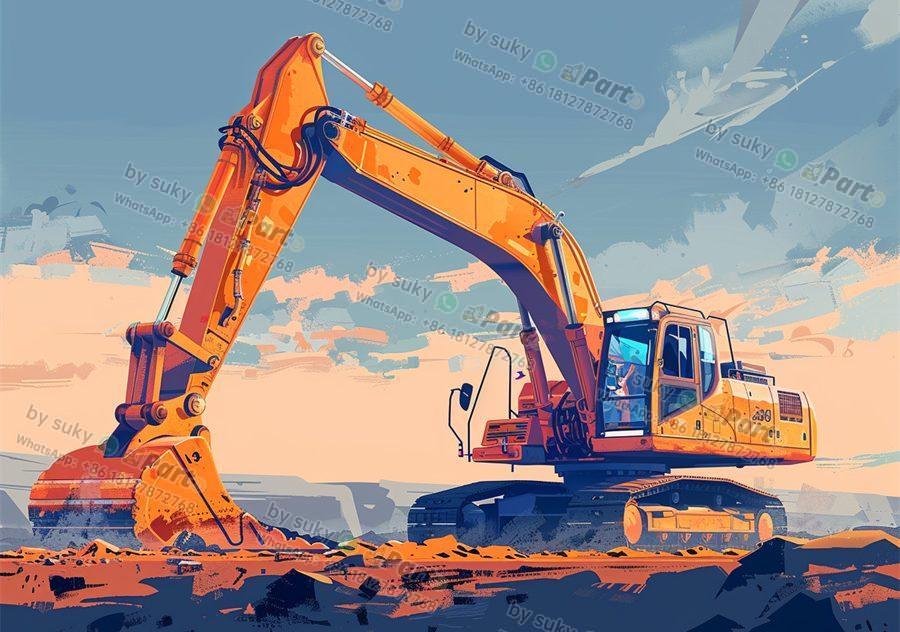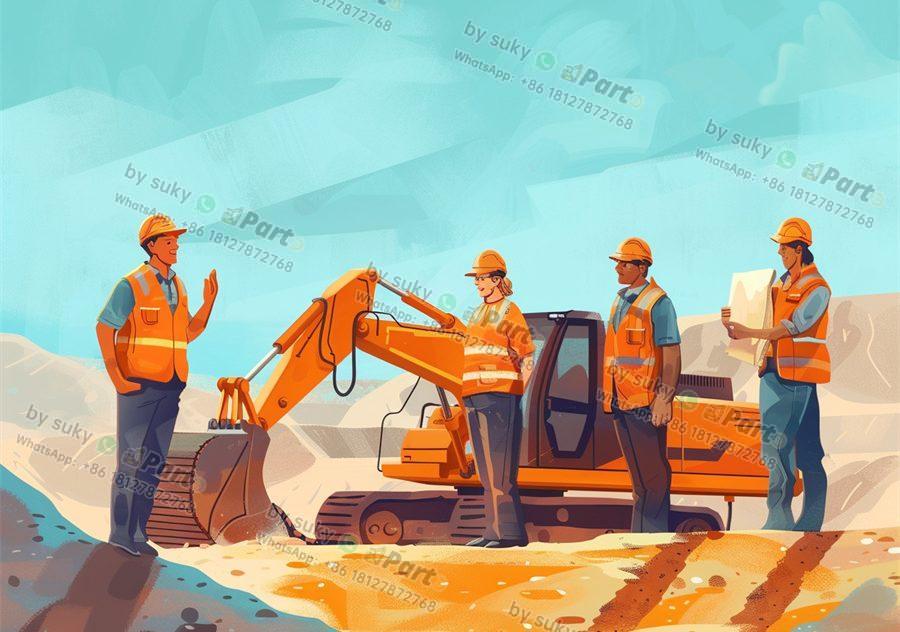An excavator arm, also known as a boom or stick, is a crucial component of an excavator machine. It is responsible for carrying out tasks such as digging, lifting, and moving materials on a construction site. For importers and distributors of construction vehicle parts, understanding the various parts of an excavator arm is essential for ensuring the proper functioning of these machines.
The excavator arm is made up of several key components, each playing a specific role in its operation. The main parts of an excavator arm include the boom, stick, bucket, and hydraulic cylinders. The boom is the longest part of the arm and is responsible for lifting and lowering the stick and bucket. The stick, also known as the dipper arm, is attached to the boom and holds the bucket in place. The bucket is the attachment at the end of the arm that is used for digging and carrying materials. Hydraulic cylinders are responsible for controlling the movement of the arm, allowing for precise and efficient operation.
In addition to these main components, there are other parts that make up the excavator arm, such as pins, bushings, and linkages. Pins are used to connect the various components of the arm together, allowing for movement and flexibility. Bushings help reduce friction and wear between moving parts, while linkages provide stability and support for the arm during operation.
Importers and distributors of excavator parts should ensure that they have access to a wide range of components for the excavator arm. This includes components made from durable materials that can withstand the heavy-duty nature of construction work. Additionally, having a thorough understanding of the various parts of the excavator arm will help in sourcing the right components for maintenance and repair purposes.
In conclusion, the excavator arm is a complex yet essential part of an excavator machine. Understanding the various components that make up the arm is crucial for importers and distributors of construction vehicle parts. By having a comprehensive knowledge of these parts, businesses can ensure the proper functioning of excavator machines and provide quality parts for their customers.
Recommended articles:
1. “The Importance of Regular Maintenance for Excavator Arms”
2. “Choosing the Right Excavator Arm Parts for Your Construction Projects”
1731498 Idler Pulley Assy for Caterpillar CAT 336d 345b 365b 385b
1751-24E7U1B1S5A 24V Shutoff Solenoid for Caterpillar CAT 320B









